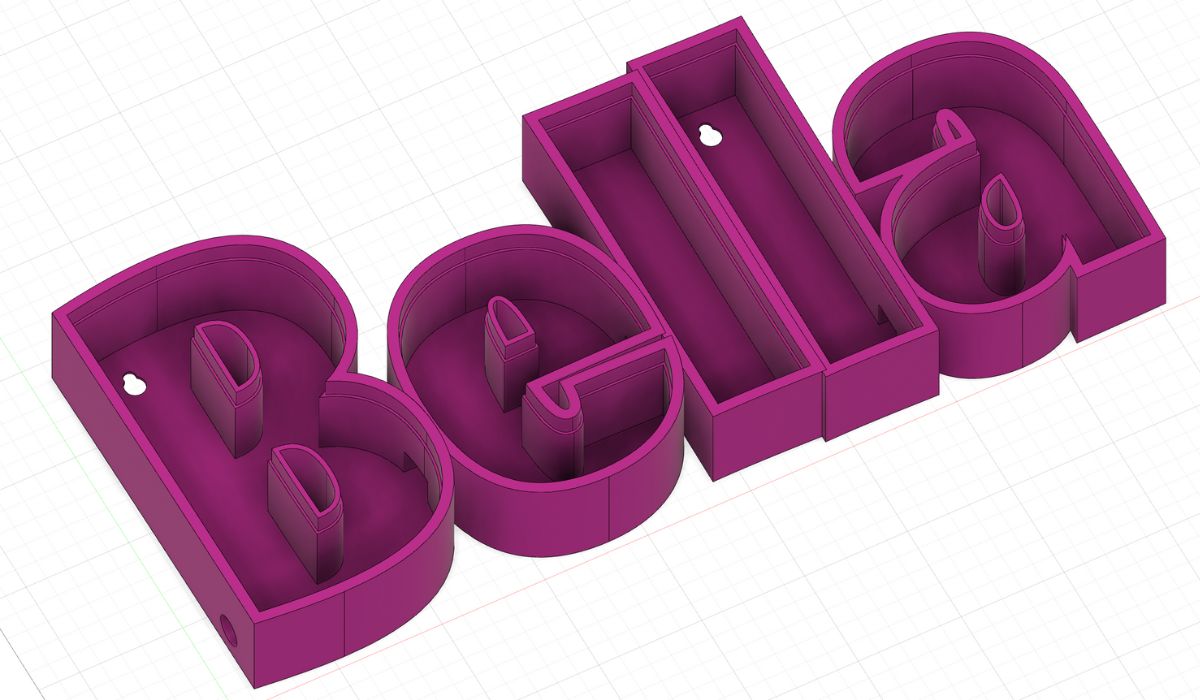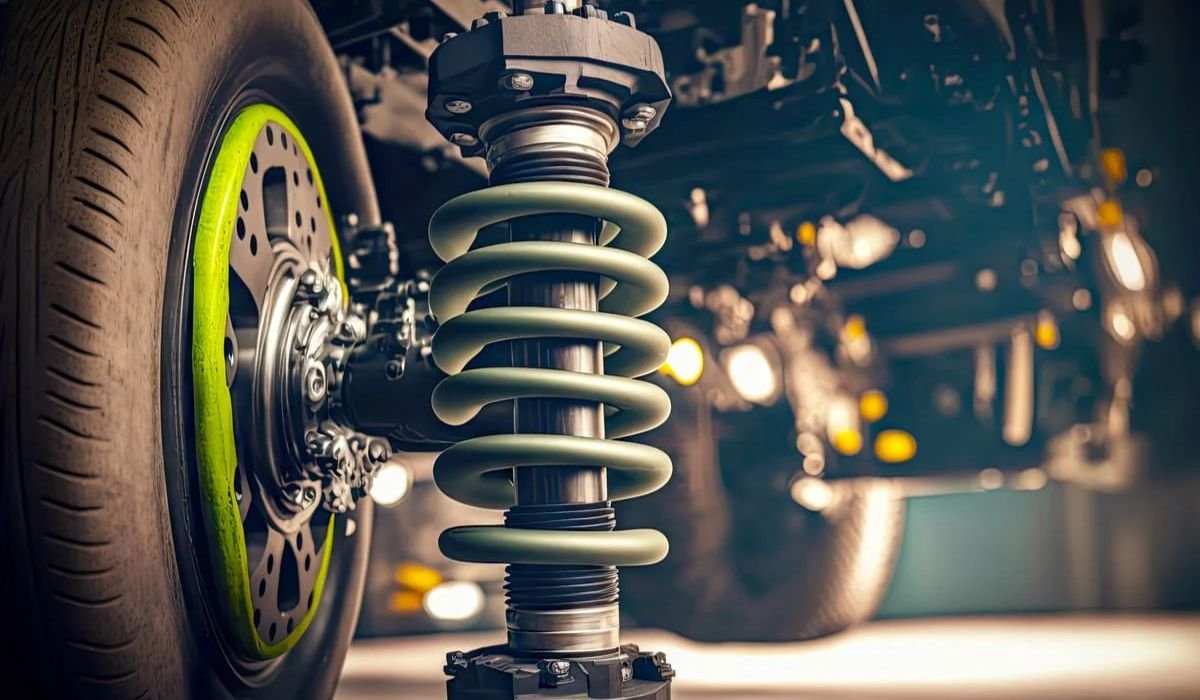Introduction
Imagine walking into a room where every detail speaks to your personal style, especially a beautifully crafted nameplate that showcases your identity. Nome Bella Em Formato 3MF introduces an innovative way to create personalized 3D-printed nameplates, setting a new standard in home decor and gifting. Traditional nameplate options often lack creativity and personalization, leaving many to settle for generic designs. This article will explore how the 3MF format transforms the way we think about nameplates, allowing you to express your unique personality effortlessly.
Understanding 3MF Format
What is 3MF?
3MF, or 3D Manufacturing Format, is a file format specifically designed for 3D printing. Unlike traditional formats like STL, which only represent the geometry of a model, 3MF offers several advantages:
- Rich Metadata: It includes details about materials, colors, and textures, allowing for more complex and colorful prints.
- Improved Workflow: The format streamlines the printing process by ensuring that all necessary information is contained in one file.
- Support for Multiple Parts: It can handle multiple components in a single file, which is especially useful for assembling intricate designs.
Compatibility
One of the major benefits of the 3MF format is its compatibility with a wide range of 3D printers and software. Most modern 3D printing software supports 3MF files, making it easier for users to integrate this format into their existing workflows. This flexibility allows hobbyists and professionals alike to take full advantage of the enhanced capabilities of 3MF without needing to invest in new equipment.
Designing Your Personalized Nameplate
Inspiration and Ideas
Creating a personalized nameplate is a fun and rewarding process. Here are some tips to help you choose a design that reflects your personality:
- Consider Your Interests: Think about hobbies, favorite colors, or themes that resonate with you.
- Look for Inspiration: Browse websites like Pinterest or 3D model repositories to find ideas that catch your eye.
- Keep It Simple: Sometimes, less is more. A clean, minimalistic design can be just as impactful as an intricate one.
Customization Options
With 3MF, the customization possibilities are virtually endless. You can choose:
- Fonts: Select from a variety of fonts to find one that matches your style.
- Materials: Consider different materials like plastic, wood, or even metal for your nameplate.
- Colors: Explore vibrant color options to make your nameplate stand out.
Online Tools and Resources
To help you create your 3D model, several online platforms offer user-friendly tools. Websites like Tinkercad and Shapr3D allow you to design your nameplate with ease, even if you’re a beginner. These tools often come with pre-made shapes and designs that you can customize.
Printing Your Nameplate
Choosing a 3D Printer
Selecting the right 3D printer is crucial for achieving the best results. Here are some factors to consider:
- Print Quality: Look for a printer that offers high resolution for detailed designs.
- Build Volume: Ensure the printer can accommodate the size of your nameplate.
- Material Compatibility: Confirm that the printer supports the materials you plan to use.
Preparing the Model
Once your design is finalized, you need to prepare the 3MF file for printing. Follow these steps:
- Export the Design: Save your completed design in 3MF format.
- Check Settings: Ensure your slicing software settings match your printer’s requirements.
- Preview the Print: Use the software’s preview feature to visualize the final output and make adjustments as necessary.
Printing Process
The actual printing process can be broken down into several steps:
- Material Selection: Choose the material based on your design and desired finish. Common choices include PLA, ABS, or resin.
- Printer Settings: Adjust the settings for layer height, print speed, and infill percentage based on the material you’re using.
- Monitoring the Print: Keep an eye on the printing process to catch any issues early on.
Finishing Touches
Post-Processing
Once the nameplate is printed, some post-processing may be necessary. Here are a few techniques to enhance your piece:
- Cleaning: Remove any support material or excess filament carefully.
- Sanding: Use fine-grit sandpaper to smooth out rough edges.
- Painting: If desired, apply paint or a finish to achieve a polished look.
Mounting and Display
Decide how you want to display your nameplate:
- Wall Mounting: Use adhesive strips or wall hooks for easy display.
- Desk Placement: A simple stand or base can make your nameplate a stylish desk accessory.
- Unique Displays: Consider creative options like shadow boxes or stands that highlight the nameplate’s design.
Real-World Applications
Home Decor
Personalized nameplates can significantly enhance your home decor. Whether placed on a door, wall, or desk, they add a unique touch that reflects your personality and style.
Gifts and Presents
Looking for a thoughtful gift? A custom nameplate is a memorable option for birthdays, anniversaries, or housewarming parties. The personal touch makes it a cherished keepsake.
Business and Branding
For businesses, personalized nameplates can be an effective branding tool. Use them to label offices, conference rooms, or as part of promotional materials, showcasing your brand’s identity.
Conclusion
Creating a personalized nameplate with Nome Bella Em Formato 3MF opens up a world of possibilities for expression and creativity. The 3MF format enhances your design options and simplifies the printing process, making it accessible for everyone. Whether for home decor, gifts, or business applications, a custom 3D-printed nameplate can make a lasting impression. Start your journey today and let your creativity shine!
FAQs
What is the 3MF format used for?
The 3MF format is used for 3D printing, providing detailed information about materials, colors, and design elements.
Can I use any 3D printer with a 3MF file?
Most modern 3D printers and slicing software support the 3MF format, making it widely compatible.
How do I create a custom nameplate?
You can use online tools like Tinkercad or Shapr3D to design your nameplate and export it in 3MF format.
What materials can I use for printing my nameplate?
Common materials include PLA, ABS, and resin, depending on the finish and durability you desire.
What are some good post-processing techniques for nameplates?
Cleaning, sanding, and painting are effective methods to enhance the finish of your printed nameplate.





